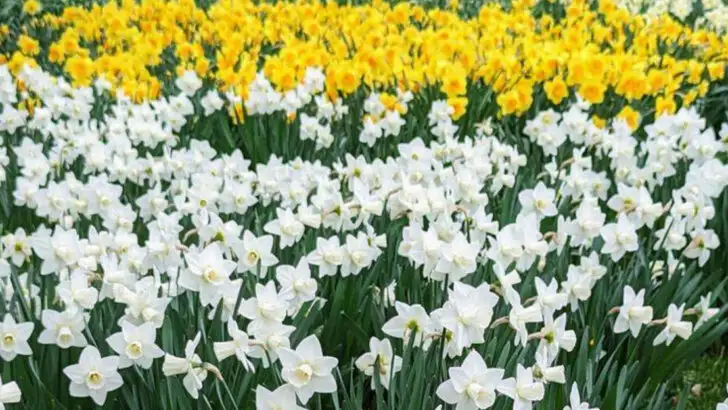Some of the most breathtaking houseplants hide a dangerous secret—they can be toxic to pets. At Plantisima, we believe that beauty should never come at the expense of safety, especially when it comes to our beloved dogs and cats. That’s why we’re listening to the experts: veterinarians who’ve seen firsthand what can happen when the wrong plant ends up in the wrong home.
In this article, we reveal 19 stunning plants that vets caution against keeping in pet-friendly households. From lush leaves to exotic blooms, these popular picks can cause everything from mild irritation to severe health issues in curious pets. But don’t worry—we’ll also share tips on what to do instead.
To our Plantisima readers who care deeply for both their greenery and their animals—this list is essential. Knowledge is the first step toward a home that’s both beautiful and truly safe for all living things under your roof.
Lilies
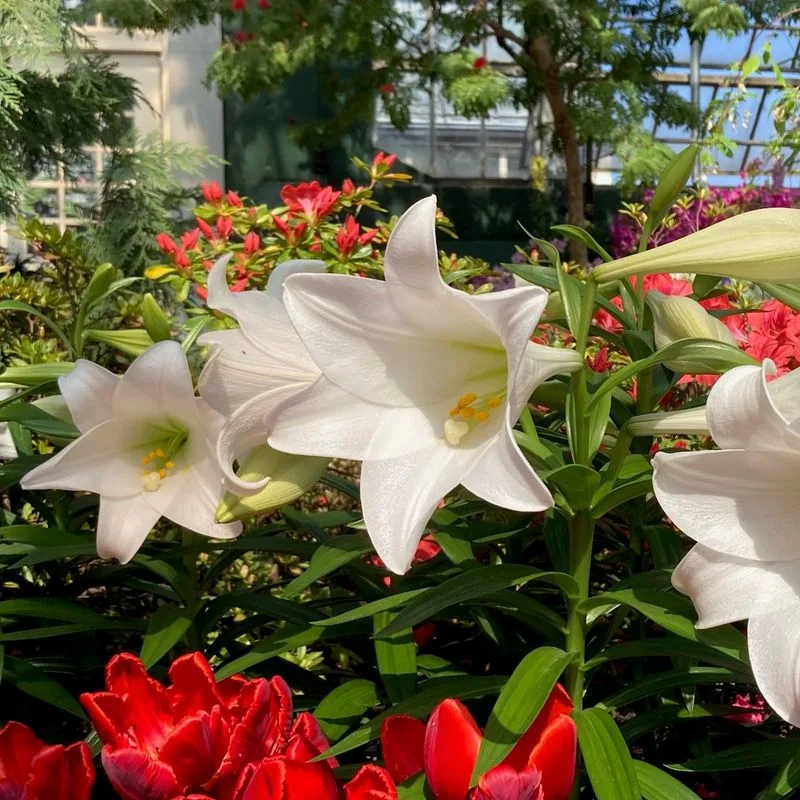
Lilies grace many gardens and homes with their elegant presence. Yet, for cat owners, these stunning blooms spell danger. All parts of the lily plant, from stem to pollen, can cause kidney failure in felines. Within mere hours of ingestion, cats may experience vomiting and lethargy. Despite their allure, vets urge caution around these flowers. To keep your pets safe, it’s wise to choose alternative, non-toxic blooms. Beyond their toxicity, lilies are known for their incredible fragrance and variety, making them a perennial favorite in floral arrangements. However, their beauty must be appreciated from afar.
Oleander
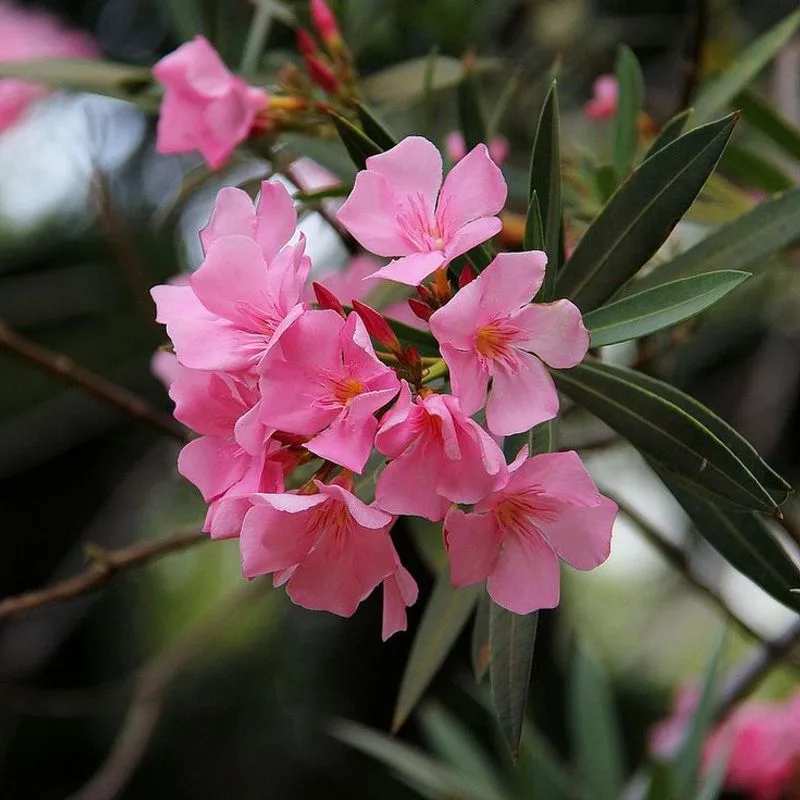
Loved for their resilience and vivid colors, oleander plants are often seen in warm climates. Despite their beauty, every part of this plant is toxic to pets and humans alike. Ingestion can lead to severe gastrointestinal issues, heart abnormalities, and even death. The plant’s toxins are potent, so even a small amount can be dangerous. Oleander is not just a pretty face; it symbolizes strength and endurance due to its hardiness. Still, pet owners should admire this plant from a safe distance. If a pet ingests any part of the plant, immediate veterinary care is essential.
Sago Palm
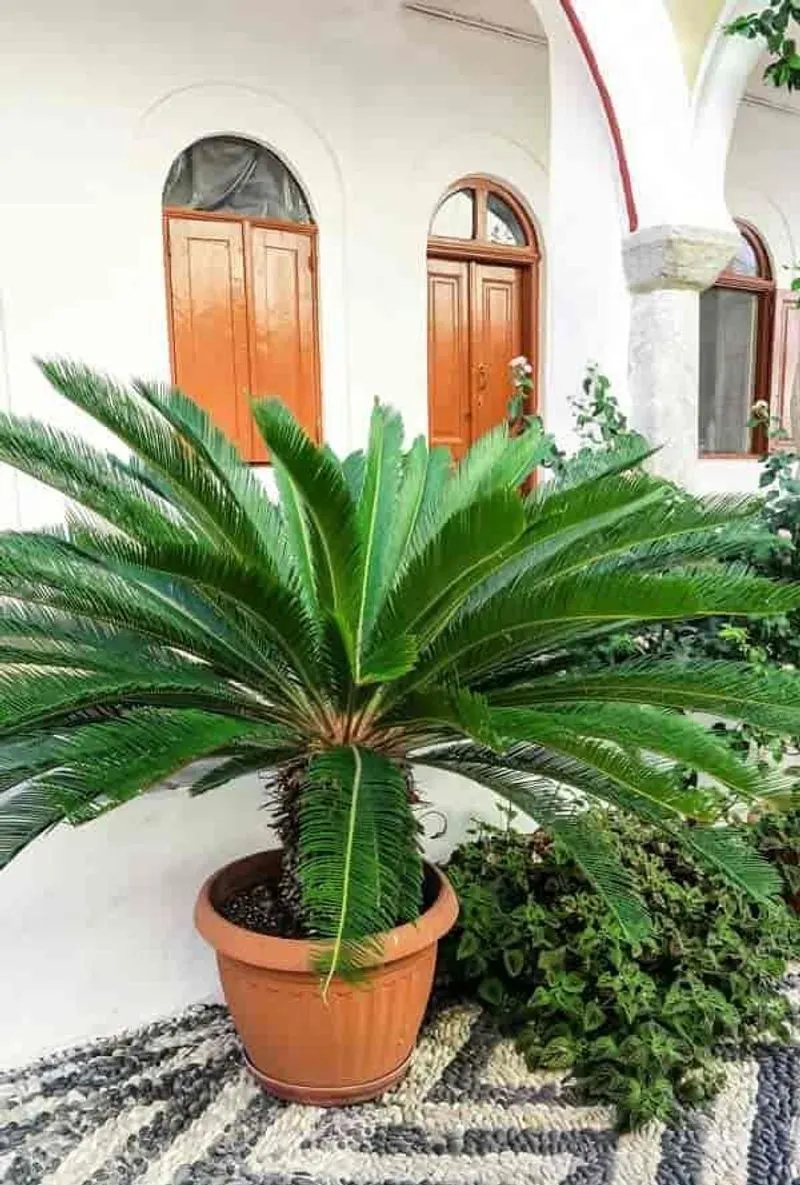
The sago palm brings a tropical vibe to any space with its palm-like fronds. However, it hides a deadly secret. This plant contains cycasin, a toxin that can cause liver failure in pets. Dogs are particularly at risk, and symptoms can appear quickly after ingestion. Vomiting, diarrhea, and seizures are common signs of poisoning. Despite its appealing appearance, the sago palm demands caution from pet owners. Originating from ancient times, these plants have remained popular due to their decorative appeal. Yet, their potential threat to pets requires careful consideration before bringing one home.
Azaleas
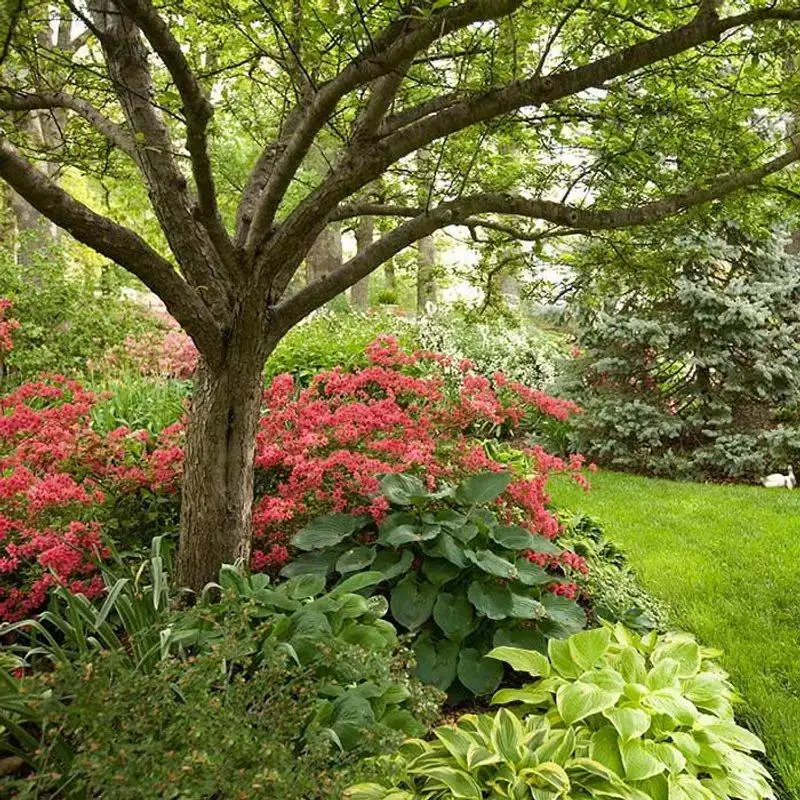
Azaleas are a gardener’s delight, offering a burst of color in spring. However, these shrubs contain grayanotoxins, which are harmful to pets. Ingesting even a small amount can lead to vomiting, drooling, and potentially fatal heart issues. Their captivating colors and variety make them a popular choice, but pet owners need to exercise caution. Azaleas symbolize fragile passion, a fitting metaphor given their beauty and danger. While they thrive in acidic soil and are relatively easy to care for, the risks they pose to pets cannot be overlooked by responsible owners.
Dieffenbachia
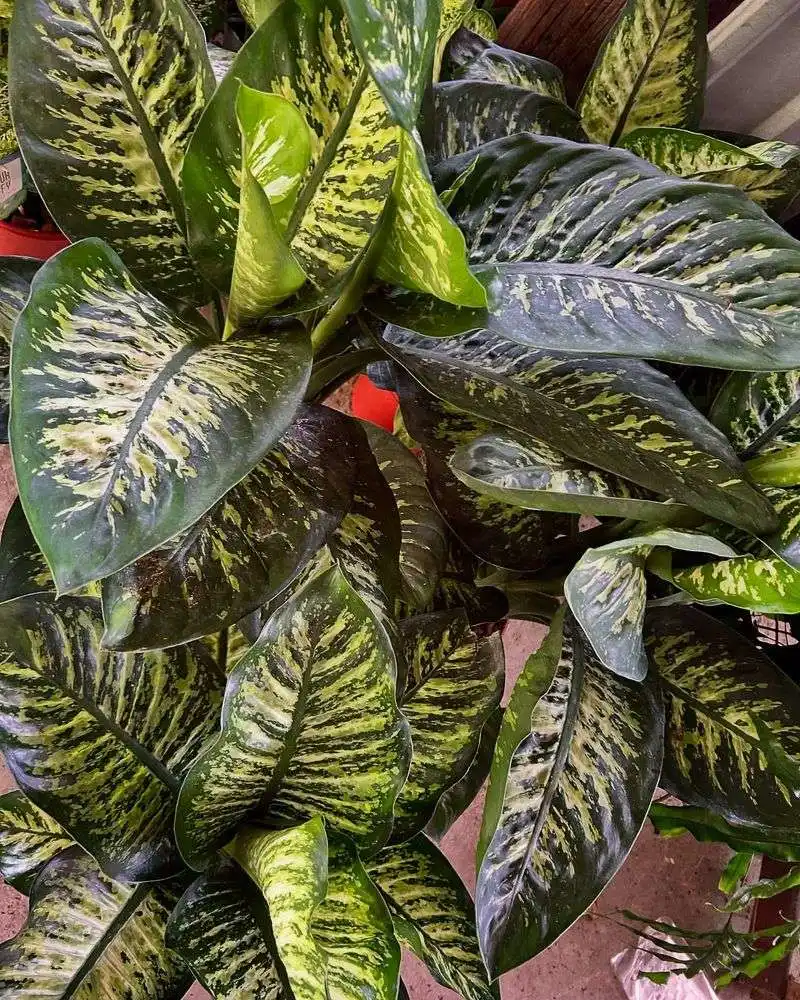
Dieffenbachia, or dumb cane, is a common houseplant recognized for its lush foliage. However, its beauty conceals a toxic nature. The plant’s sap contains calcium oxalate crystals, which can cause painful swelling and irritation if ingested by pets. Symptoms include drooling and difficulty swallowing. Despite its dangers, this plant is adored for its ability to thrive in low-light conditions. Known for its air-purifying qualities, it remains popular among indoor gardeners. Yet, households with curious pets should consider safer alternatives to enjoy greenery without the associated risks.
Tulips
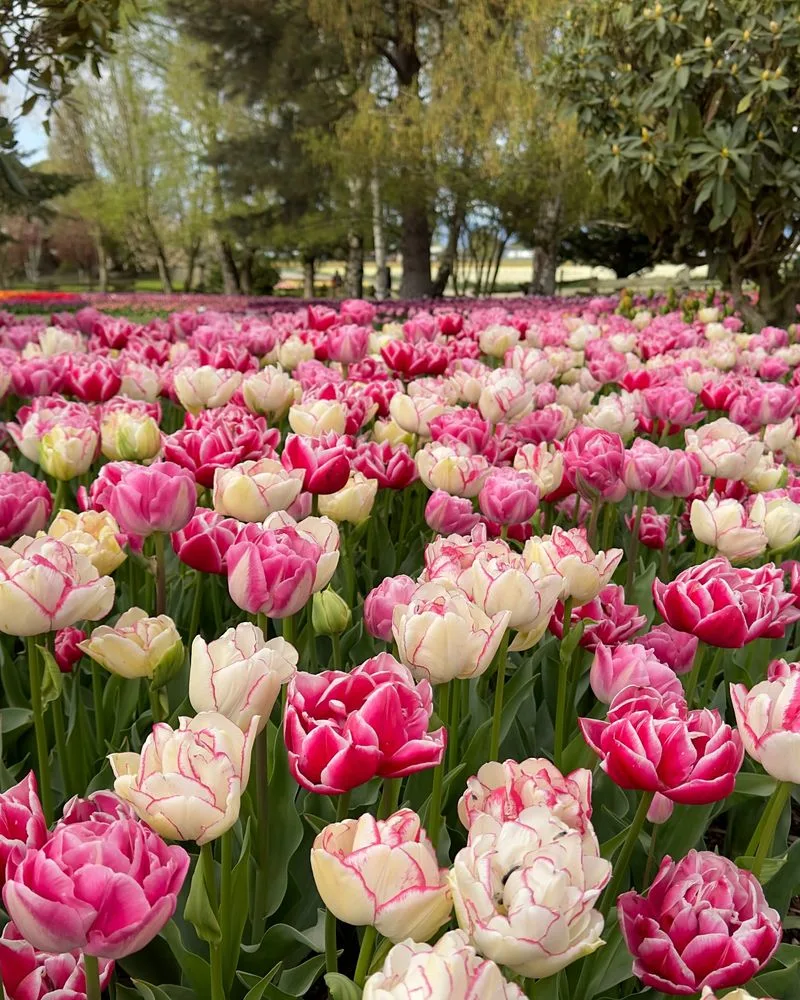
Tulips, with their vibrant colors and elegant shape, are a springtime favorite. Yet, pet owners must beware of their bulbs, which contain compounds that are toxic to animals. Ingestion can cause vomiting, diarrhea, and even convulsions. Despite these risks, tulips remain a symbol of love and new beginnings. Their appeal lies in their ability to transform any garden into a colorful paradise. Garden enthusiasts must balance their love for these blooms with the potential danger they pose to pets. Storing bulbs securely and supervising garden time can help mitigate risks.
Cyclamen
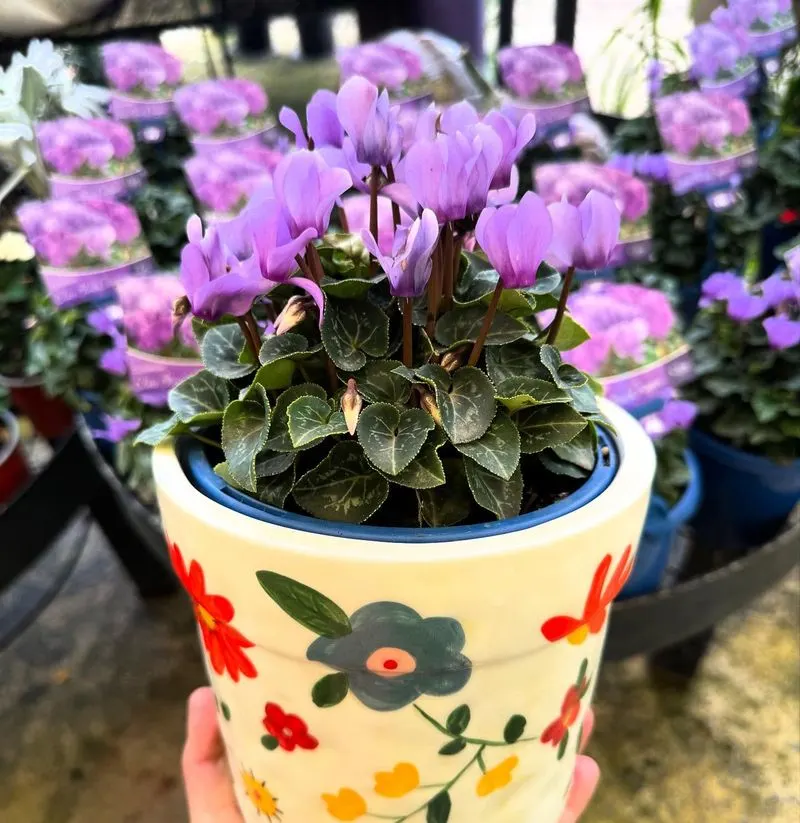
The cyclamen plant, with its butterfly-like blooms, brings cheer indoors and out. Yet, its tubers contain saponins, toxic to pets when ingested. Symptoms of poisoning can include drooling, vomiting, and even heart issues. Despite these dangers, cyclamen is cherished for its long-lasting flowers and ability to brighten up winter months. Its heart-shaped leaves and vibrant petals make it a popular choice for home decorators. Responsible pet owners should ensure these plants are out of reach, allowing them to enjoy the cyclamen’s charm without compromising their pet’s health.
Daffodils
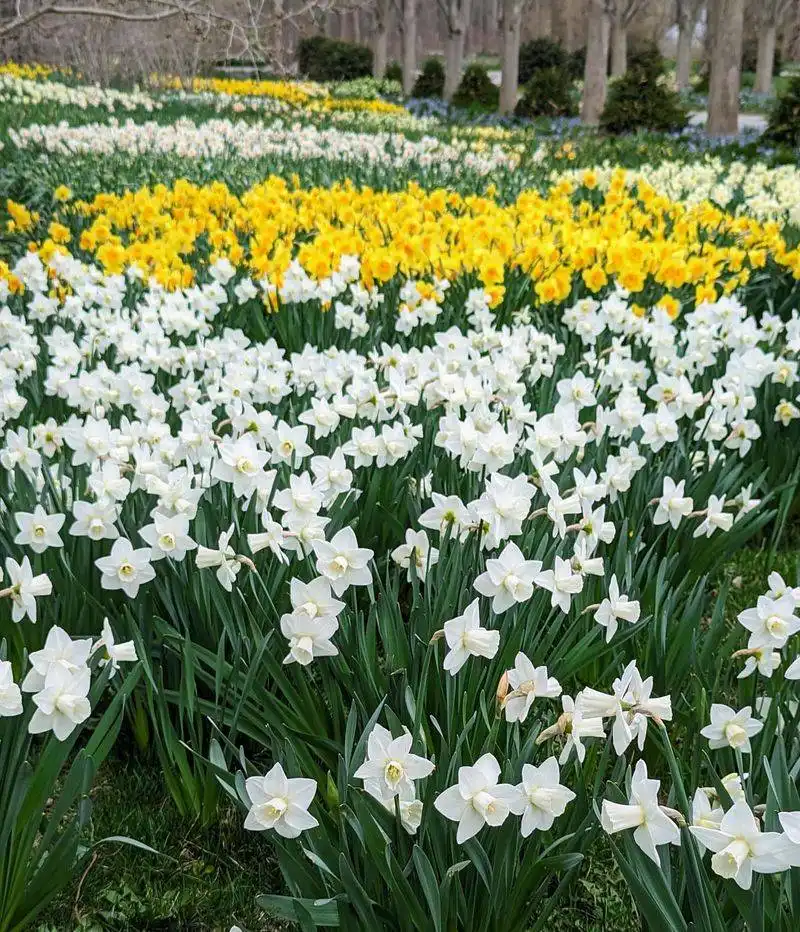
Daffodils herald the arrival of spring with their sunny disposition. However, these cheerful flowers contain lycorine, a toxin harmful to pets. Ingestion can lead to vomiting and diarrhea, with severe cases resulting in cardiac issues. Daffodils symbolize rebirth and new beginnings, a testament to their role in spring celebrations. Yet, pet owners must be cautious, especially with the bulbs, which pose the highest risk. While their beauty is undeniable, ensuring these plants are inaccessible to pets can prevent potential heartache. It’s a small step to protect our furry companions.
Ivy
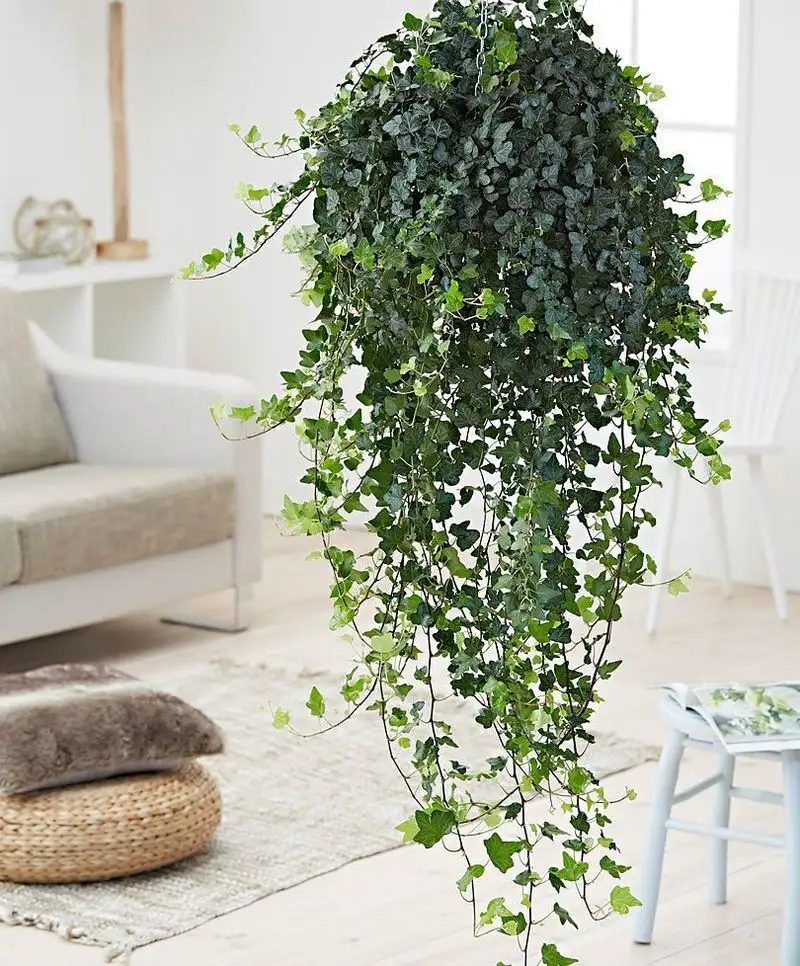
Often seen cascading elegantly over walls, ivy adds an old-world charm to any setting. Yet, this classic plant contains saponins, which are harmful to pets if ingested. Symptoms of ivy poisoning can include drooling and vomiting. Despite being a symbol of fidelity and endurance, its potential harm to animals cannot be overlooked. Ivy is appreciated for its ability to thrive in shaded areas and for its air-purifying properties. Pet owners must weigh these benefits against the risks and consider positioning ivy in areas inaccessible to pets.
Autumn Crocus
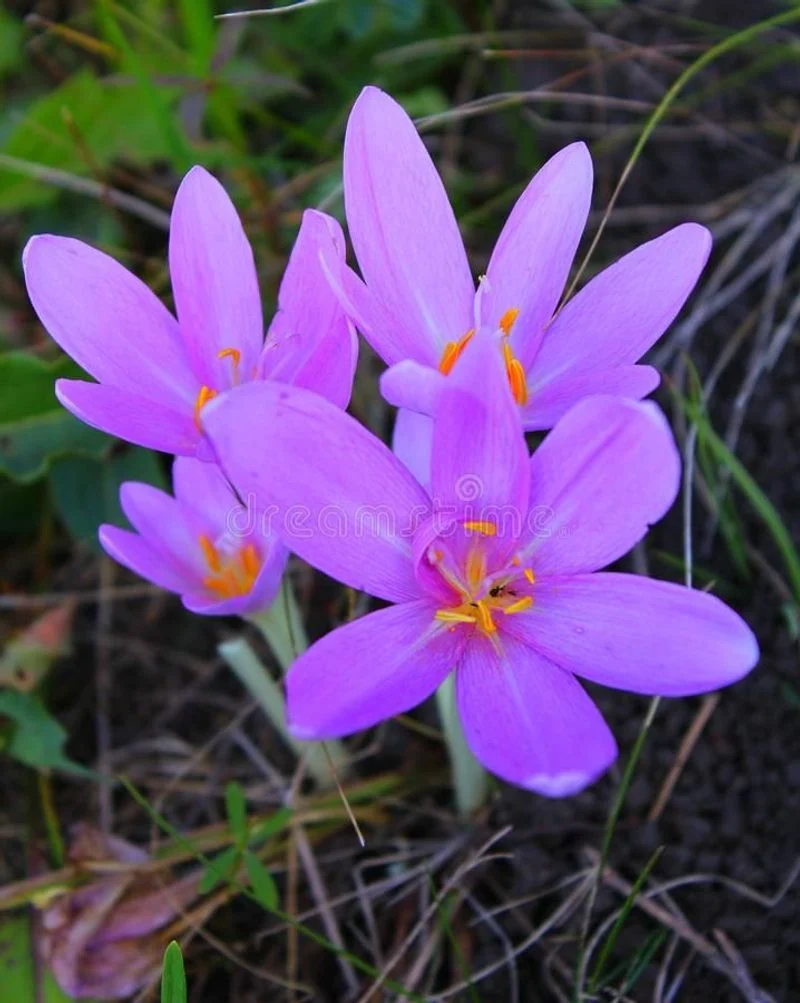
The autumn crocus graces gardens with its delicate blooms just as most other flowers are fading. Its beauty, however, masks a dangerous secret. Colchicine, a toxin found in the plant, can cause severe gastrointestinal distress and organ failure in pets. While admired for its resilience and ability to create a splash of color in late seasons, its risks to pets are significant. The autumn crocus’s enchanting appearance belies the serious considerations pet owners must take into account. Keeping this plant out of reach can ensure safety while enjoying its seasonal display.
Foxglove
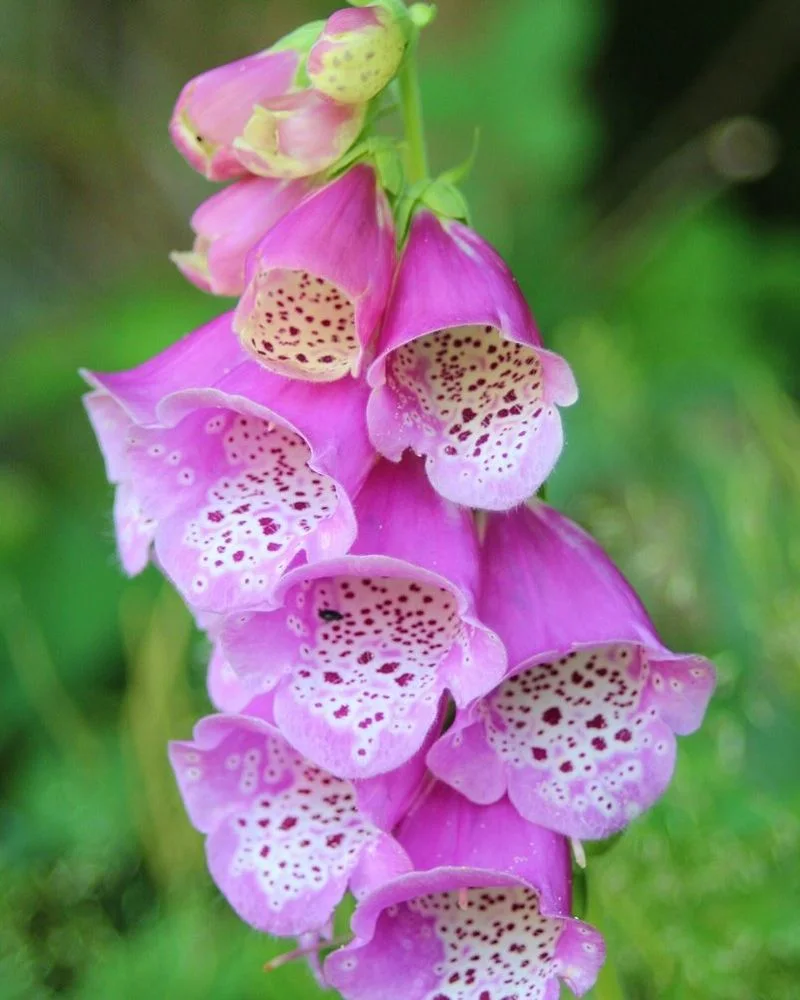
Foxglove, with its towering spikes of tubular flowers, is a showstopper in any garden. Yet, this beauty harbors potent cardiac glycosides that are highly toxic to pets and humans. Ingestion can result in heart failure, which underscores the seriousness of its presence around animals. Despite its dangers, foxglove remains a beloved plant for its historical use in heart medicine. Gardeners appreciate its dramatic visual impact, yet must ensure it remains out of reach of curious pets. Proper placement and vigilance are key to enjoying its beauty without risk.
Milkweed
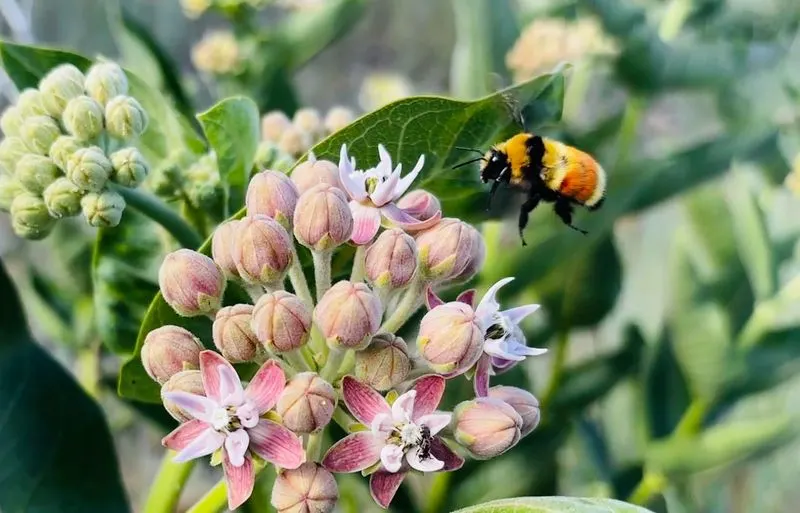
Milkweed is a vital plant for monarch butterflies, offering a lifeline to these pollinators. However, it’s toxic to pets, containing cardenolides that can cause gastrointestinal issues and heart problems. While milkweed’s ecological significance cannot be understated, pet owners must handle it with care. The plant’s fluffy seeds and pink blossoms are a boon for wildlife, yet pose a risk to household pets. Ensuring that milkweed is planted in areas inaccessible to pets can protect them while supporting butterfly populations, striking a balance between conservation and safety.
Hydrangeas
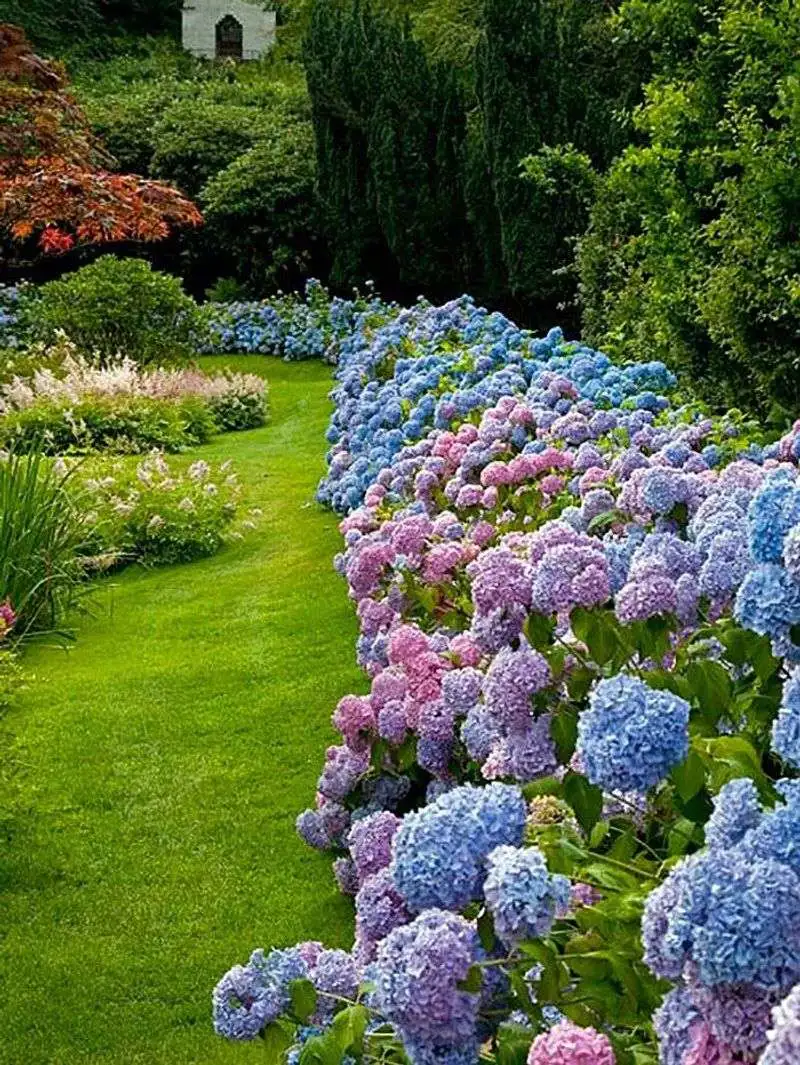
Hydrangeas add a burst of color to gardens with their large, mophead blooms. Yet, these flowers contain cyanogenic glycosides, toxic when ingested by pets. Symptoms can include vomiting, lethargy, and confusion. Despite their potential dangers, hydrangeas are celebrated for their ability to change color based on soil acidity, offering gardeners a unique way to personalize their landscapes. Pet owners should take care to plant hydrangeas out of reach or opt for safer alternatives to enjoy these blooms without worry. It’s a small compromise for pet safety.
Peace Lilies
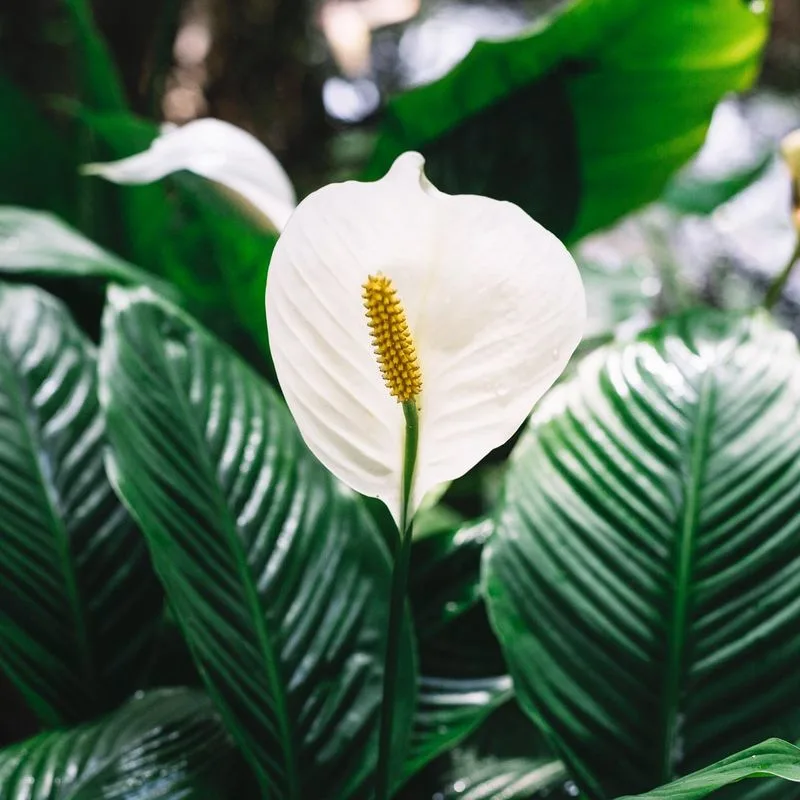
Peace lilies, with their elegant white spathes, are a staple of indoor decoration. However, they contain calcium oxalate crystals that can cause oral irritation and swelling in pets. Despite this, peace lilies are adored for their air-purifying qualities and low maintenance needs. Their serene appearance often provides a calming influence in homes and offices. Pet owners can still enjoy their presence by placing them in areas inaccessible to animals, ensuring that their beauty and benefits are not overshadowed by potential health risks.
Hostas
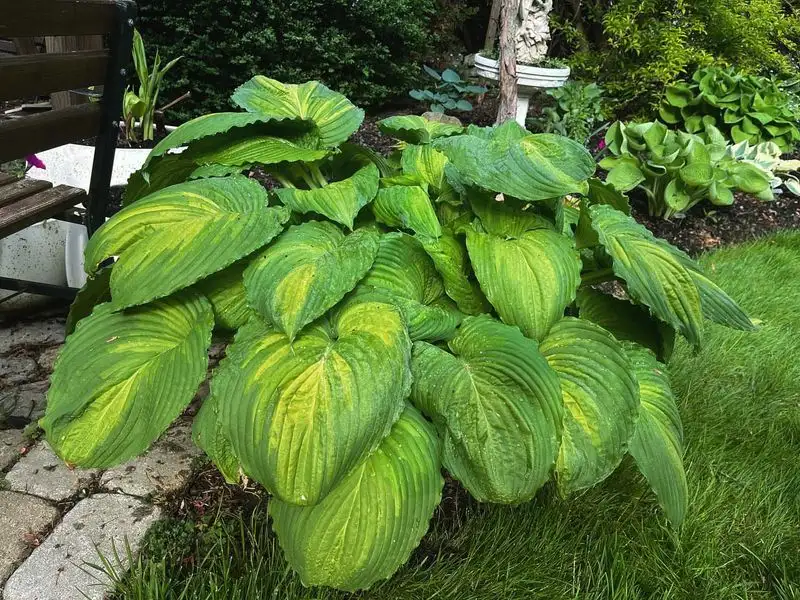
Hostas bring a sense of tranquility to gardens with their expansive leaves and subtle flowers. Despite their appeal, they contain saponins that can be harmful if ingested by pets, causing vomiting and diarrhea. Known for their shade tolerance, hostas are a popular choice for filling spaces under trees. Their varied leaf patterns and colors add interest to garden designs. Pet owners must weigh the beauty and versatility of hostas against their potential dangers, ensuring that furry companions are kept safe from accidental ingestion.
Chrysanthemums
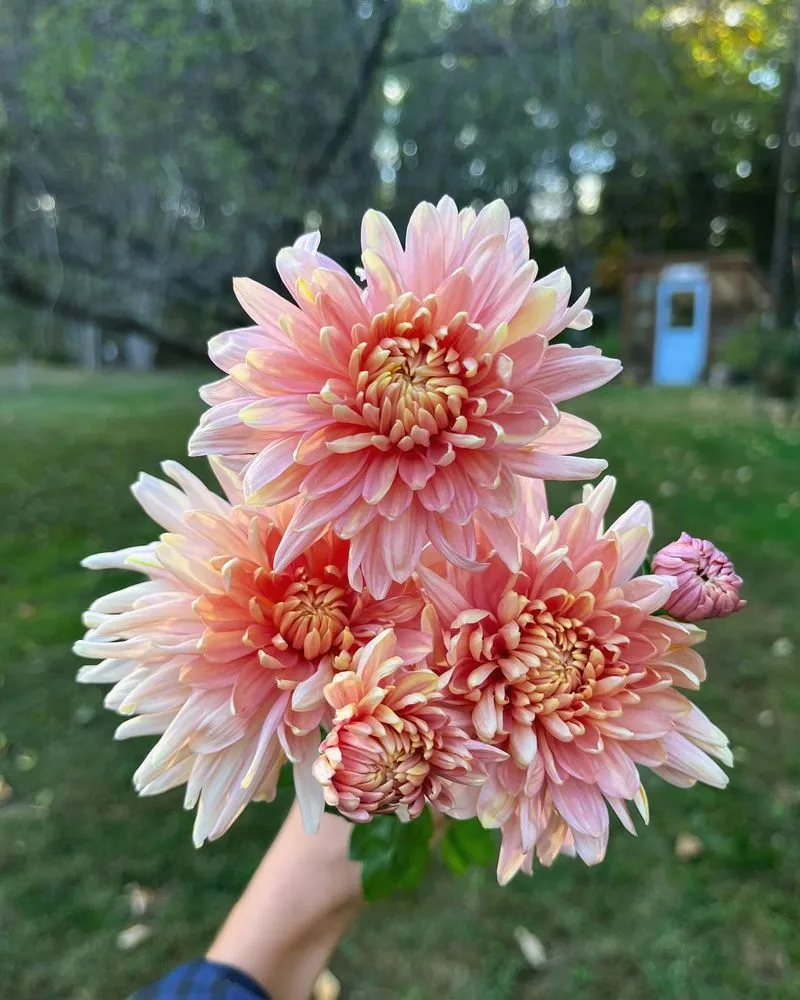
Chrysanthemums, or mums, are autumn’s floral stars, brightening gardens as days grow shorter. Yet, they contain pyrethrins, which are toxic to pets, causing skin irritation and gastrointestinal upset. Known for their wide range of colors and shapes, chrysanthemums symbolize optimism and joy. Their ability to withstand cooler temperatures makes them a favorite for fall displays. Pet owners should plant them with caution, ensuring that curious pets cannot access them. By taking preventive measures, the joy of chrysanthemums can be enjoyed without compromising pet safety.
English Yew
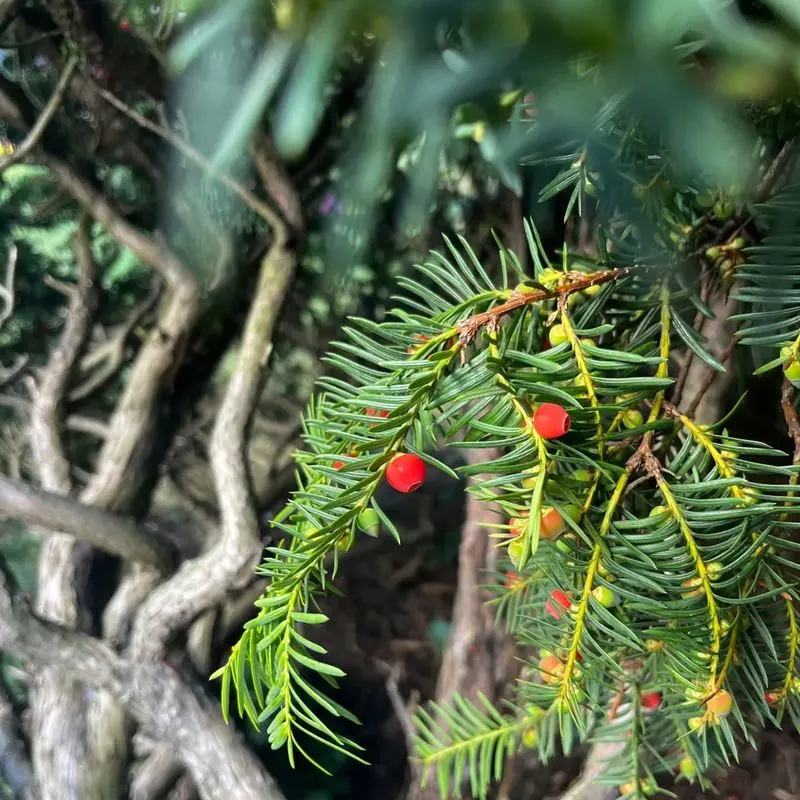
The English yew, with its dark green needles and bright red berries, adds elegance to gardens. However, all parts of this plant are highly toxic, with taxine alkaloids that can be fatal to pets and humans. Despite its dangers, the yew is valued for its longevity and historic uses in woodcraft. Its ability to thrive in shaded areas makes it a versatile choice for landscape design. Responsible pet owners should ensure that yews are planted in secure locations, balancing their historical and aesthetic appeal with the safety of their pets.
Aloe Vera
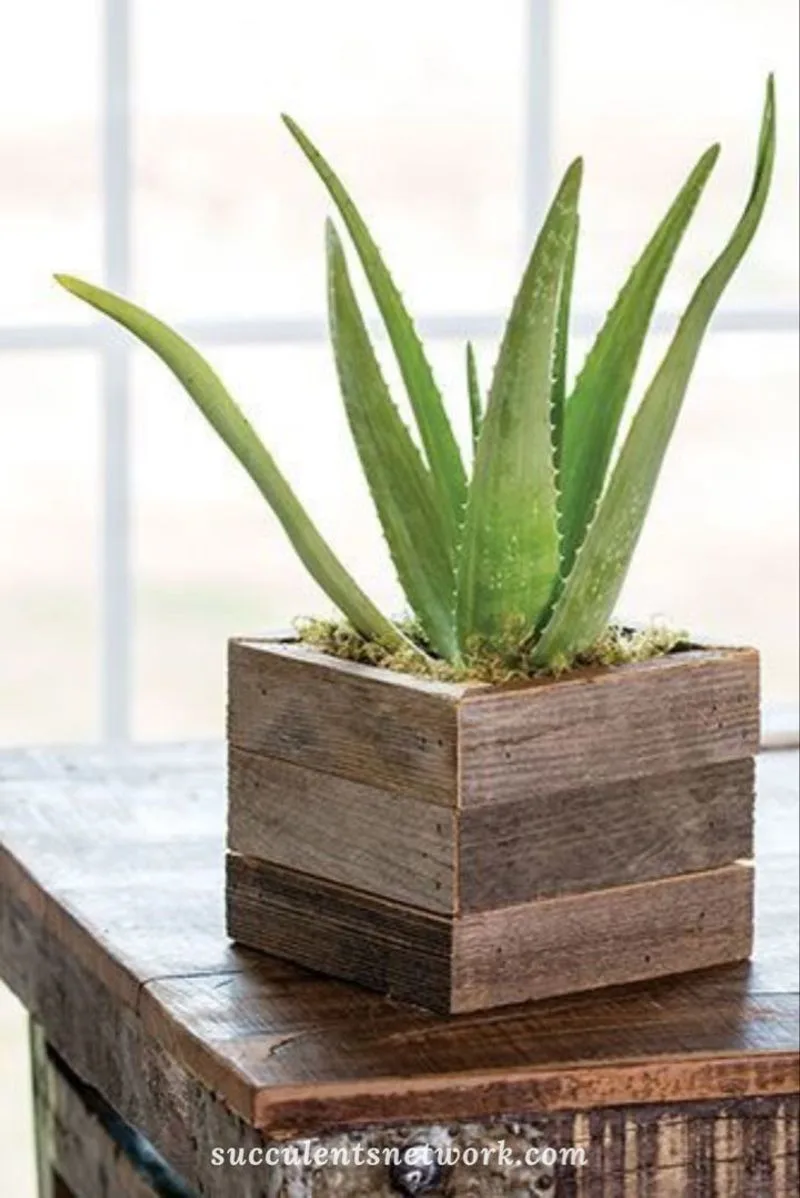
Aloe vera, renowned for its soothing gel, is a household favorite. Yet, the plant’s latex contains compounds that are toxic to pets. Ingestion can lead to vomiting and diarrhea, overshadowing its healing reputation. Despite this, aloe’s ability to thrive with minimal care and its air-purifying qualities make it a popular choice for homes. Pet owners can still benefit from aloe by placing it in areas away from pets or choosing alternative succulents that offer similar benefits without the associated risks.
Rhododendrons
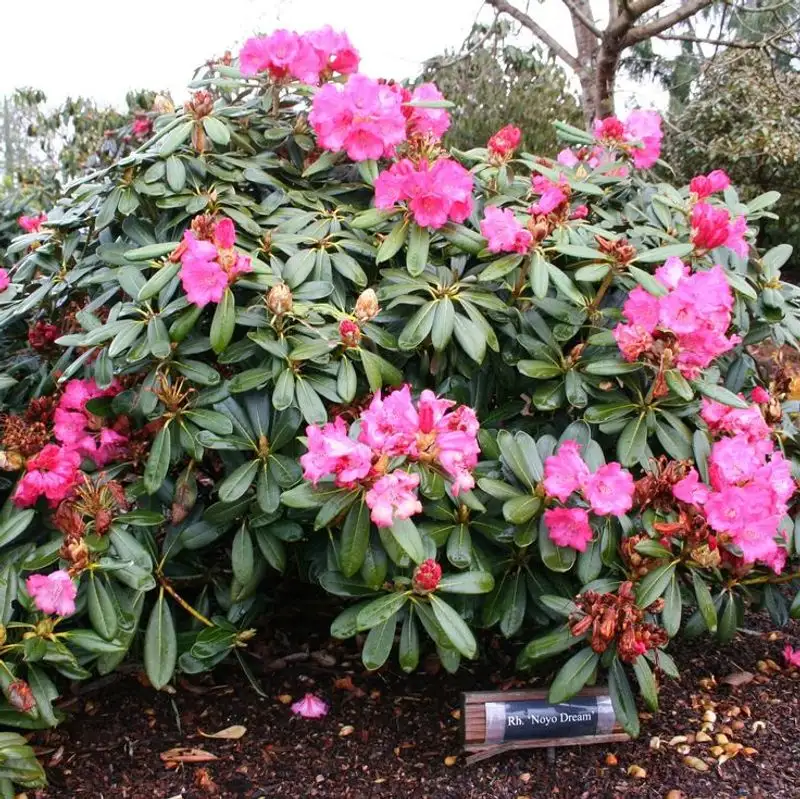
Rhododendrons are admired for their large, vibrant blooms that create a striking presence in gardens. However, these shrubs contain grayanotoxins, which are toxic to pets, causing severe gastrointestinal upset and heart issues. Their allure lies in their evergreen foliage and impressive flower clusters. Despite their dangers, rhododendrons remain a garden favorite for their showy display and hardiness. Pet owners must take care to plant them in areas that pets cannot access, enjoying their beauty while safeguarding their animals’ health.

